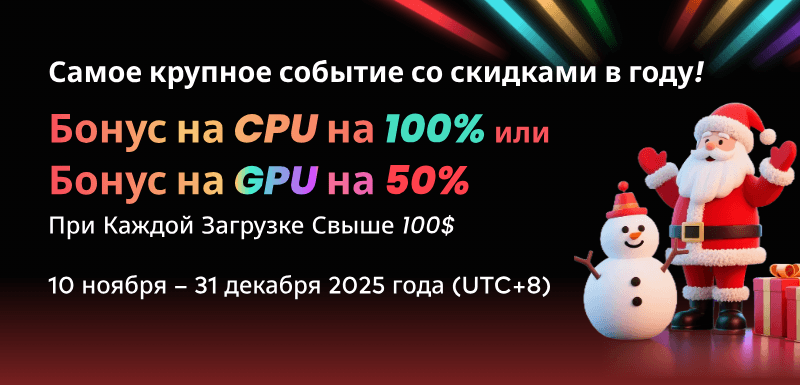The magic of animation usually lies in the details, and one key detail is how characters speak. It's basically a way that lips move must match the spoken words, or the scene can feel strange or unrealistic. This process, known as lip sync animation, helps bring animated characters to life by syncing their mouth movements with dialogue. Even the most visually animated movie may fail to connect with viewers without this task.
Alongside that, this process involves both creative choices and technical steps in three-dimensional animation. Hence, this article will explore its definition, why it matters in character animation, and how it’s done. Besides, you will discover a common hurdle that a lot of animators face and how they can overcome it.
Part 1. What is Lip Sync in Animation?
As explored, it means making a character's mouth move in sync with spoken words. When done well, the characters look like they are truly speaking. Moreover, this helps the audience feel more connected and keeps the animation believable. To animate lip sync, the spoken lines are broken into smaller sound parts called syllables. Each syllable matches a mouth shape, which is shown on different frames.

These mouth shapes are usually chosen from a mouth chart, a guide with shapes for familiar sounds. By showing the right shape at the right time, the animator creates the effect of real speech. Alongside that, lip syncing is not just about moving lips but also shows emotion, timing, and expression.
Part 2. Importance of Lip Syncing in Character Animation
When this specific process is done right, it adds feeling and realism to the animation. Below, we will explore some key importance of lip syncing in character animation that every creator should know:
- Shows Emotions: Lip syncing helps display feelings like joy or sadness through the shape and motion of the mouth. Along with eyes and body language, lip movement adds another layer to show how the character truly feels.
- Dialogue Delivery: A good lip sync makes the words sound like they’re really coming from the character's mouth. This basically helps the viewer focus better and understand what’s being said without being distracted or confused.
- Viewing Experience: Matching speech with facial motion makes the scene feel smoother and more enjoyable for all viewers. Even if people don't notice it directly, they will feel more connected when everything lines up correctly.
- Audience Connection: When the lips match the sound well, viewers feel like the character is truly speaking to them on screen. This helps create emotion and deeper involvement in the story or message the character shares.
- Supports Character: Different characters speak differently, and lip sync helps show that some move fast and others move slowly. By how you animate lips, you show if someone is calm, excited, nervous, or confident just through movement.

Part 3. Main Process of Creating Lip Sync Animation in 3D
Upon exploring the importance of this process, it’s time to learn the procedure that includes this lip-syncing technique. Hence, the following section provides you with the process of creating this specific type of animation in a three-dimensional approach:
- Prepare Audio: The animator first gathers the final voice recording and loads it into the animation software timeline to begin. At this point, having clear and quality audio helps match lip movements and makes it easier to show the cartoon mouth talking correctly.
- Break Audio into Phonemes: Upon importing it, the recorded dialogue is broken into phonemes, which are small sound units like "ee" or "oo" for speech. These sounds help animators know how the mouth should move when the character says different parts of a word.

- Create Mouth Charts: Following that, mouth charts are basically guides that show how the cartoon mouth talking should look when making different sounds or words. Plus, each sound has its own mouth shape, and these shapes are used to build realistic speech on the character’s face.
- Opt for Keyframes: Afterward, creators place keyframes on the timeline where each mouth shape should appear. Moreover, these frames are the turning point that tells the software how and when the lips should move during speech.
- Emotion and Timing Adjustment: Besides sound, animators add lip details to show feelings like surprise or anger with minor changes in emotion. Here, it basically makes the lips more expressive and helps the audience connect better with the character.
- Preview and Fix Mistakes: After setting everything up, the creator watches the whole scene to check if the lip syncing feels natural. In case anything looks off, they go back and change keyframes or shapes until the timing fits the sound perfectly.
- Final Render: When the lips match the audio smoothly, the scene is then rendered by turning it into a polished video file for use. This finished version shows the mouth talking clearly and brings the animated character’s voice on screen.
Pro Tip for 3D Animators: Improve 3D Animation Rendering Efficiency
As explored above, the last process is rendering, which can take a lot of time, especially when working with complex scenes. Many animators usually wait hours or even days for their files to be processed. To overcome this challenge, we highly recommend you opt for online rendering services like Fox Renderfarm. It offers thousands of rendering nodes to its users, which helps them complete their tasks more effortlessly.

In addition, this render farm platform supports both CPU and GPU rendering to suit different animation and visual needs. Plus, you can even avoid delays caused by read and write speeds with the help of its SSD storage. Their automatic system basically detects your setup and matches it with the right render environment. Moreover, it offers 24/7 technical support with live chat, email, and even WhatsApp assistance.
Key Features
- API Integration: Advanced users can connect Fox Renderfarm directly with their production pipelines using API support. This means smoother automation for studios and easier job tracking for projects that need to move fast.
- Speedy File Transmission: This advanced tool basically utilizes Raysyn's technology, which helps you upload and download large 3D files effortlessly. It is ultimately great when working with heavy scenes that generally take a long time to move around.
- Non-Disclosure Agreement: When you are working on private or high-value content, they offer NDAs to ensure complete privacy. This is useful for professionals handling unreleased products or creative concepts that must stay confidential until official release.
- Plugin Compatibility: Fox Renderfarm supports top plugins like Arnold and Octane, so you don’t have to give up your favorite tools or effects. Despite that, the service supports animations created through almost all popular 3D software, such as Blender and Maya.
- Smart Auto Analysis: The platform can automatically scan your project files and detect what’s needed. It ultimately reduces manual mistakes and helps speed up the setup process, especially for new users.
Part 4. Challenges in Lip Sync Animation
Many animators face challenges that affect timing and accuracy; thus, here are some key ones to understand and improve the moving mouth animation quality:
- Words with Movement: One big challenge is matching the mouth shapes to the correct words. Plus, each sound needs a specific mouth shape to make the moving mouth animation look natural and believable.
- Accurate Timing: It must be perfect to sync speech and mouth moves, as even a slight delay can destroy the effect. Animators usually review frames carefully to fix mismatches and maintain the proper flow in every sentence.
- Speech Variations: Different accents change how words sound and look, so one word may need a different mouth shape based on accent. Creators must adjust their approach when characters speak in varied tones or languages.
- Syncing with Background Sound: Sometimes, background music or noise affects how speech fits. That’s the reason the mouth may look off if sounds clash.
- Emotion Expression: Beyond that, characters should show feelings while talking, because lips alone aren't enough, as eyes and body also help. Hence, combining emotions with speech makes scenes more real but takes extra time.
Conclusion
In summary, mouth movements animation plays a major role in making characters feel alive and real. Though the process has many steps and challenges, the result is worth the effort. Alongside that, the last process in the lip syncing is rendering, which takes a lot of time and power from your systems. To cater to these needs, it is highly recommended that you opt for a cloud rendering service like Fox Renderfarm.














